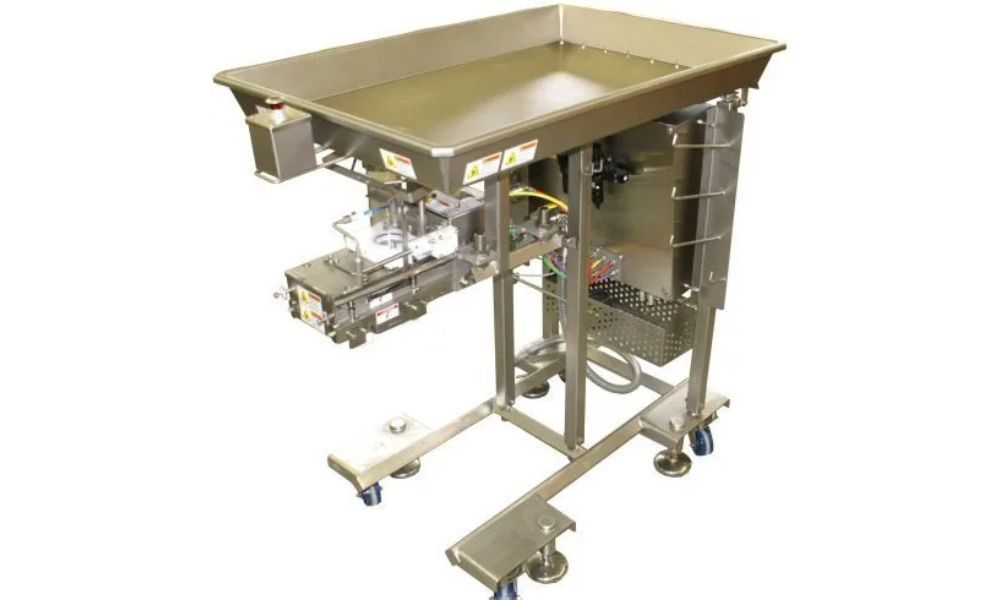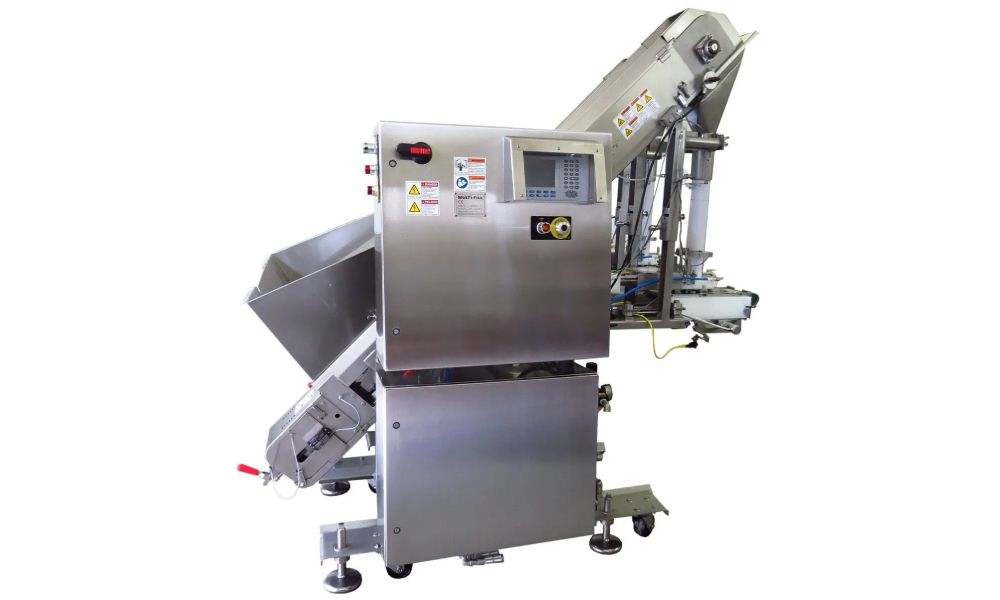Food Labeling and Packaging for pet food
Pet food labeling and packaging must provide consumers with all the information needed to make an informed decision. Learn more in this guide to pet food labeling and packaging.
Product Name
The
product name is important as it influences the buyer’s decision to purchase the product. Pet food products often contain names that are creative and fancy, matching the nature of the product (for example Barking Heads and Pedigree ingredients, regulations are popular dog food names). According to the Association of American Feed Control Officials (AAFCO), if a company wants to include its ingredients in the product name, certain regulations need to be followed. A named ingredient must comprise
at least 95% of the product (eg chicken or beef flavor). If you count water or other ingredients, it still needs to comprise 70% of the product.
Quantity and Batch Information
The quantity and weight of the product should be listed on the product. The US Food & Drug Administration (FDA) dictates the net quantities that need to be followed by pet food manufacturers. Generally, the cost per pet food should be a specific cost per pound.
Ingredient List and Feeding Directions
Full disclosure is essential when it comes to labeling pet food products. The ingredient list needs to be accurately represented so that customers know what they are purchasing for their pets to consume. Food pet labels should list all ingredients in order of dominance by weight. The weight will depend on their water content.
Feeding instructions also need to be clearly presented on food labels. The feeding directions should be listed as per the animal (consumer). An example of a feeding instruction would be 1.5 cups per pound of body weight (depending on the weight of the pet in question). It is best to suggest the instructions as a guideline to the specific pet and that customers should monitor their pet’s food intake to maintain adequate weight.
Guaranteed Analysis and Nutritional
Pet food needs to comprise a certain percentage of crude protein, crude fat, and crude fiber. Crude in this regard refers to the testing method of the product. Consult your state law for these regulations.
The AAFCO has a nutritional adequacy statement to ensure that dog and cat food labels are honest. Food products cannot be labeled “100% organic” or “healthy” if they do not contain adequate nutrition to accurately represent these claims. It comprises guidelines that ensure that the product contains a proper amount of essential nutrients for adequate nutrition.
Contact us today for more info on pet food labeling and packaging, as well as pet food products.
Designing a food filling line: Product is king












